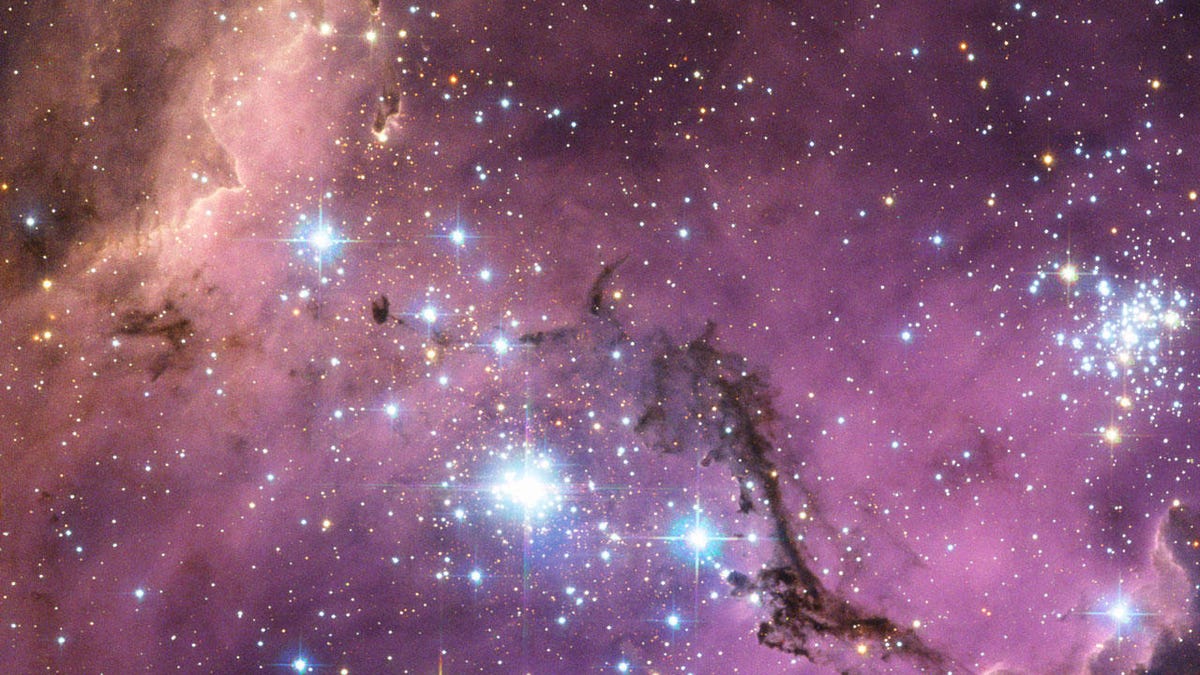The universe is expanding faster than we thought, and no one knows why
Explaining a discrepancy between what was happening 13 billion years ago and now may require new physics.

Hubble's view of the Large Magellanic Cloud, a satellite galaxy of the Milky Way
It's become clear that something in the cosmos just doesn't add up. The universe is getting bigger every second. In fact, it's expanding at a much faster rate than it should.
For some time now there's been a mismatch in observations of the early universe done with the European Space Agency's Planck Telescope and what astronomers see when they measure the more nearby, modern parts of space with NASA's Hubble Telescope. (Keep in mind that looking at distant parts of the universe with powerful telescopes is the same as looking back in time).
When scientists look at what was going on 13 billion years ago, via Planck, and then extrapolate that into the present, the results don't match what Hubble sees today. For several years, there's been an assumption that the disagreement is due to a lack of precision in the measurements. But as scientists have fine-tuned their tools, the discrepancy has remained. On Thursday, researchers using Hubble said the chances the mismatch is some sort of user error or fluke have gone from 1 in 3,000 to 1 in 100,000.
"The Hubble tension between the early and late universe may be the most exciting development in cosmology in decades," lead researcher and Nobel laureate Adam Riess of the Space Telescope Science Institute, which leads Hubble's science mission, said in a statement. "This mismatch has been growing and has now reached a point that is really impossible to dismiss as a fluke. This disparity could not plausibly occur just by chance."
The Hubble team's results have been accepted for publication in The Astrophysical Journal.
Riess says the discrepancy strongly suggests there's a piece missing in the puzzle that scientists have put together over the years to model the history of the universe.
One possible explanation could be the appearance of dark energy at some point long ago. It's now theorized that up to 70 percent of the universe may be made up of the mysterious stuff. A yet undiscovered and speedy particle in the universe that affects its expansion is another possibility, as is the idea that unseen dark matter might be pushing on the normal matter we can see more strongly than we thought.
The actual explanation remains a mystery. Riess and other scientists plan to continue fine-tuning their tools and measurements, but if the mismatch isn't due to human error, new physics may be needed to complete the puzzle.
"Previously, theorists would say to me, 'it can't be. It's going to break everything.' Now they are saying, 'we actually could do this,'" Riess said.

